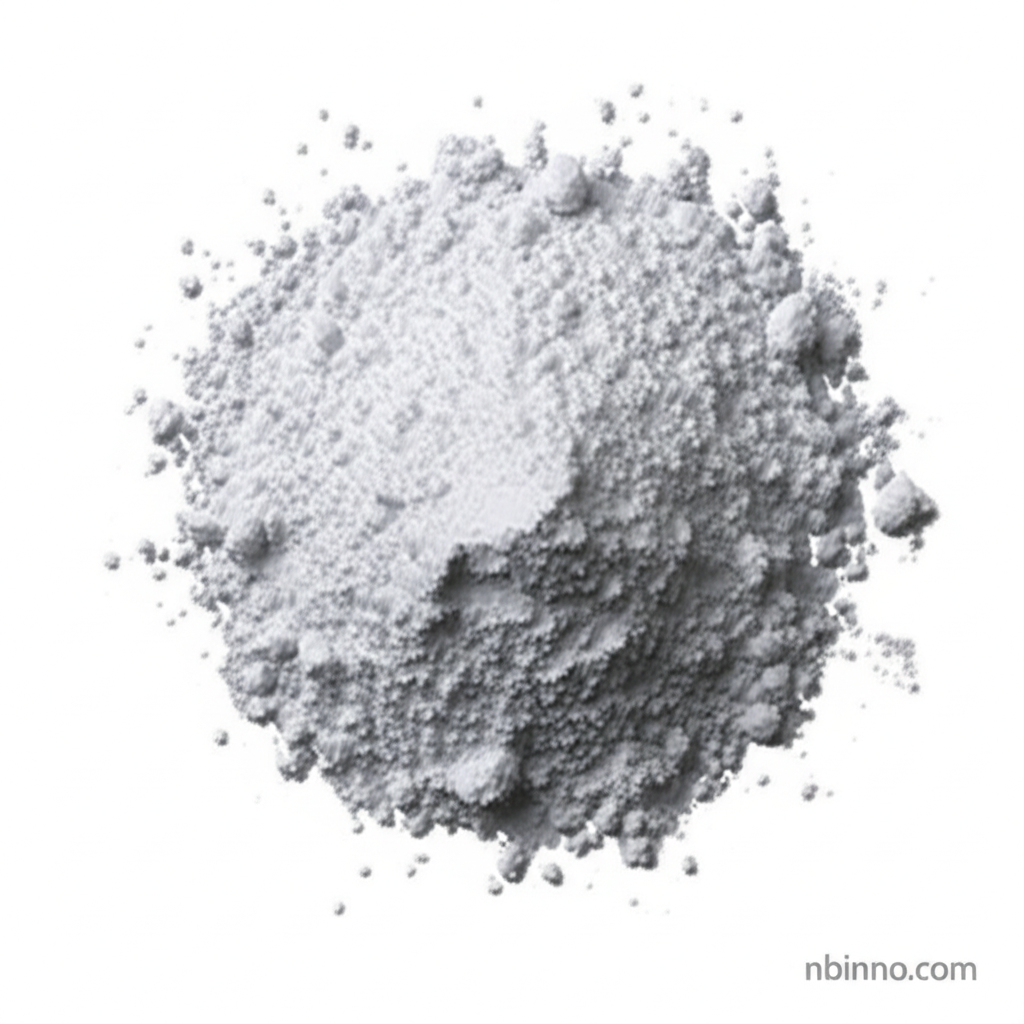Bis(4-trifluoromethylphenyl)phosphine: Your Key to Advanced Chemical Synthesis
Discover the crucial role of Bis(4-trifluoromethylphenyl)phosphine (CAS 99665-68-6) in modern chemistry. As a high-purity organophosphorus compound, it serves as an indispensable ligand in catalysis and a vital building block in organic synthesis, empowering innovation across various industrial applications. Learn more about its properties, uses, and where to source it reliably.
Get a Quote & SampleProduct Core Value

Bis(4-trifluoromethylphenyl)phosphine
As a leading supplier in China, we offer high-purity Bis(4-trifluoromethylphenyl)phosphine, a critical fine chemical intermediate. This compound, identified by CAS number 99665-68-6, is essential for advanced chemical processes. We ensure reliable sourcing and supply for your specific needs, contributing to the success of your research and production goals.
- Explore the synthesis of Bis(4-trifluoromethylphenyl)phosphine to understand its complex preparation methods.
- Investigate the properties of this phosphine ligand and its impact on catalytic efficiency.
- Discover the diverse applications of Bis(4-trifluoromethylphenyl)phosphine in fine chemical synthesis.
- Learn about reliable sourcing strategies for high purity phosphine ligands.
Advantages You Gain
Exceptional Purity for Precision Chemistry
Our Bis(4-trifluoromethylphenyl)phosphine boasts high purity, typically 98% or more, ensuring predictable and reproducible results in your demanding organic synthesis applications. This commitment to quality aligns with the needs of finding a reliable supplier for advanced chemical intermediates.
Versatile Ligand in Catalysis
Leveraging Bis(4-trifluoromethylphenyl)phosphine as a ligand significantly enhances catalytic activity and selectivity in various chemical transformations. This makes it an invaluable component when considering catalysis ligands for complex reactions.
Key Building Block for Trifluoromethylated Compounds
The presence of trifluoromethyl groups makes this phosphine compound a vital precursor for synthesizing a wide range of trifluoromethylated organic molecules, which are increasingly important in pharmaceuticals and materials science.
Key Applications
Catalysis
This phosphine compound is widely used as a ligand in various catalytic reactions, including cross-coupling, hydrogenation, and other transformations vital for fine chemical synthesis.
Organic Synthesis
It serves as a critical building block and reagent in complex organic synthesis pathways, enabling the creation of novel molecules with specific functional properties.
Ligand Design
Researchers utilize Bis(4-trifluoromethylphenyl)phosphine in the design of custom ligands to achieve specific reaction outcomes and improve catalytic performance.
Pharmaceutical Intermediates
Its unique chemical structure makes it a valuable intermediate in the synthesis of pharmaceutical compounds and active pharmaceutical ingredients (APIs).
